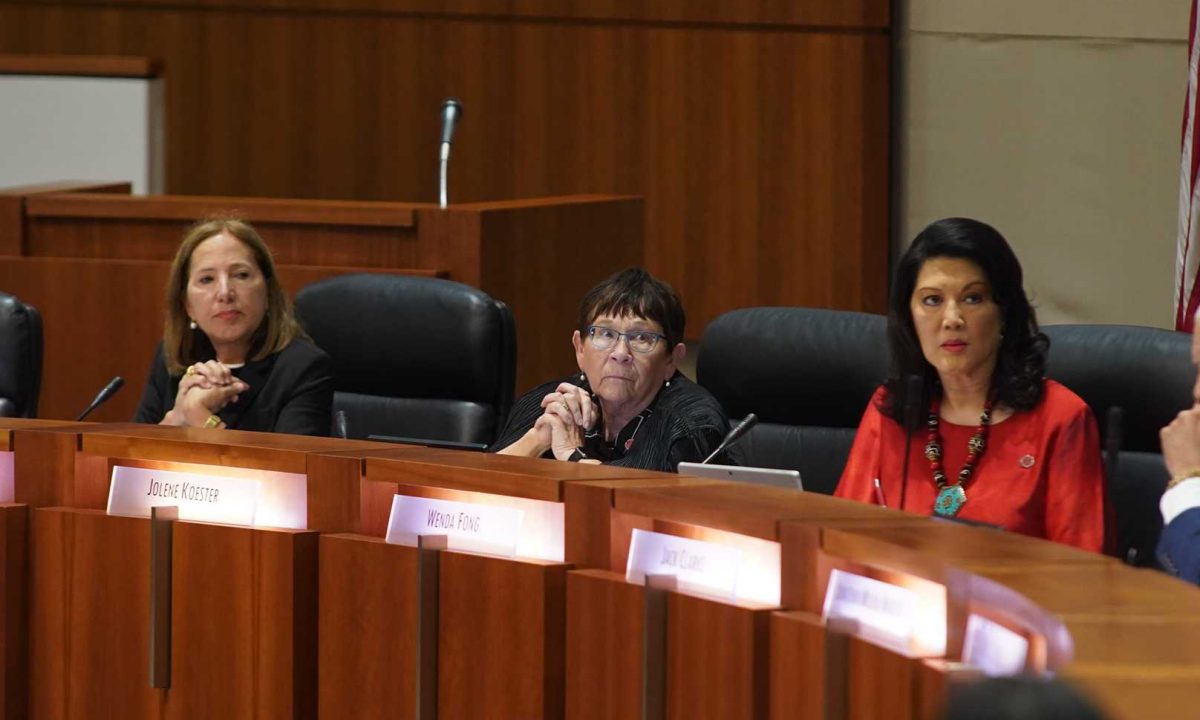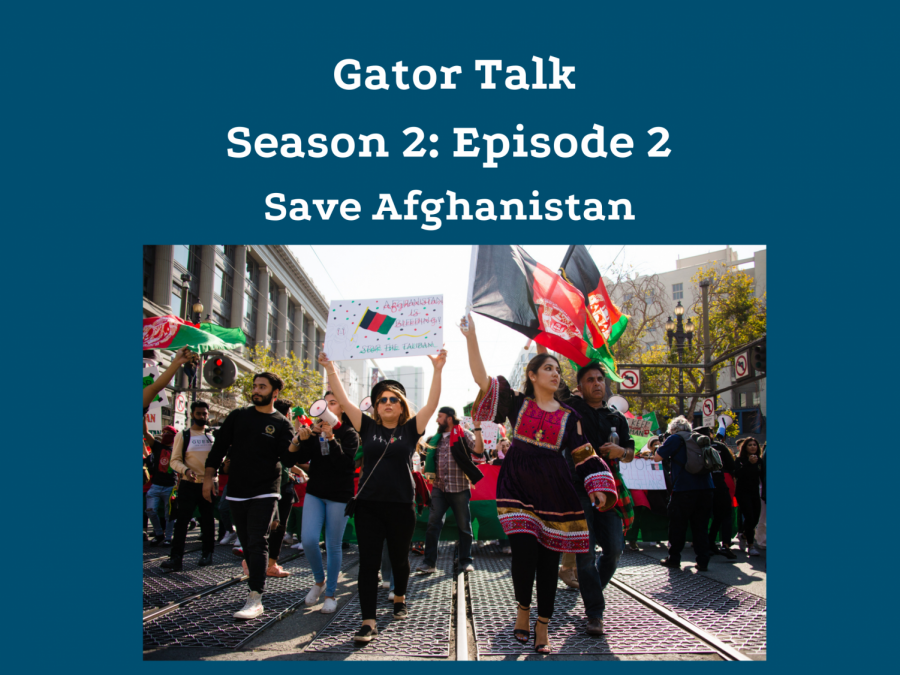In 2001, less than a month after the Sept. 11 terror attacks, the U.S. started Operation Enduring Freedom, kickstarting U.S. operations in Afghanistan.
After an allied military assault on Kabul, ousting the Taliban-led government and forcing more than 10,000 Taliban fighters to retreat, “major” combat was projected to end by 2003 as a democratic Afghan government and the U.S. set its sights on Iraq.
By Oct. 7, 2018, the U.S. was entering its 18th year of war in Afghanistan with an estimated 15,000 active U.S. military personnel in the country, according to BBC.
Tyler Solorio was in middle school during 9/11 and the start of the U.S.-led invasion of Afghanistan. He was deployed during the entirety of 2011 as part of the first ID infantry division, a quick reaction force in the Army. He’s now a policy analyst for Swords to Plowshares, a veterans organization that helps those coming back home find affordable housing and health care.
Solorio said it’s weird to think about still being on the ground.
“If there was a mission, it was probably already completed or failed a while back,” Solorio said. “Yet, here we still are many years later.”
Following a troop surge under President Donald Trump, the Taliban is now in control of more than 70 percent of the country, more territory than they’ve ever held since the start of the invasion, a stark contrast to when U.S. forces toppled the Taliban-led government in 2001.
The war in Afghanistan that forced Taliban fighters to retreat from Kabul into neighboring provinces and Pakistan was the longest and costliest war in U.S. history, costing an estimated $2 trillion, claiming the lives of more than 2,372 servicemen and 30,000 civilians since 2016, according to the Watson Institute.
Thomas “Tommy” Rowland, an Afghanistan veteran working with Swords to Plowshares and a current SF State student majoring in international relations, shared Solorio’s disillusionment.
“At one point during my deployment I thought to myself, ‘Why the fuck are we here?’” Rowland said.
Rowland served in the 3rd Combat Engineer Battalion in Helmand Province at the end of what was known as “the Surge,” a period between 2009 to 2011 where the war experienced peak amount of involvement from the U.S. and its allies.
“At the time, it was already over 10 years since 9/11,” Rowland said. “What was there left to be done? Kinetic activity was going down, and we were in the process of taking down bases and outposts we had built in the initial surge. So it begged the question, ‘Why were we there?’”
Troop levels rose to its highest under President Barack Obama, from 30,000 to more than 100,000 in 2011, making the years between 2010 to 2011 the deadliest for the U.S. and its allied troops, according to Politico.
However, by 2014, NATO stopped its operations in Afghanistan, leaving only US forces and private military contractors. According to data from the Uppsala Conflict Data Program, total battle deaths from both civilians and combatants will surpass 20,000 in 2018, making this year the deadliest in the entire war.
Helmand Province has now fallen under Taliban control, which allied troops fought to bring under Afghan-government control in 2001 when it ousted the Taliban-led government.
“For the Afghan people, they’ve always been under really shitty occupations,” Solorio said. “And at the end of the day, they just want peace within their own country.”
Solorio said the U.S. soldiers’ interactions with local villagers could ultimately determine the amount of casualties in the area.
“Information was key, and most likely if they didn’t like you, they would’ve subverted information about your convoy to someone else,” Solorio said. “The unit who had replaced us had treated the local villagers poorly, so what ended up happening was that there was a much higher casualty rate within their unit.”
Rowland said he’s torn over what strategy the U.S. should take in resolving this seemingly never ending conflict.
“As it stands right now, it’s tough,” Rowland said. “If we leave right now it’ll be seen as a moral victory for the Taliban and whatever opposition we face in that country and elsewhere. But the longer the conflict gets drawn out, the prospects of a victory becomes more difficult to see.”













